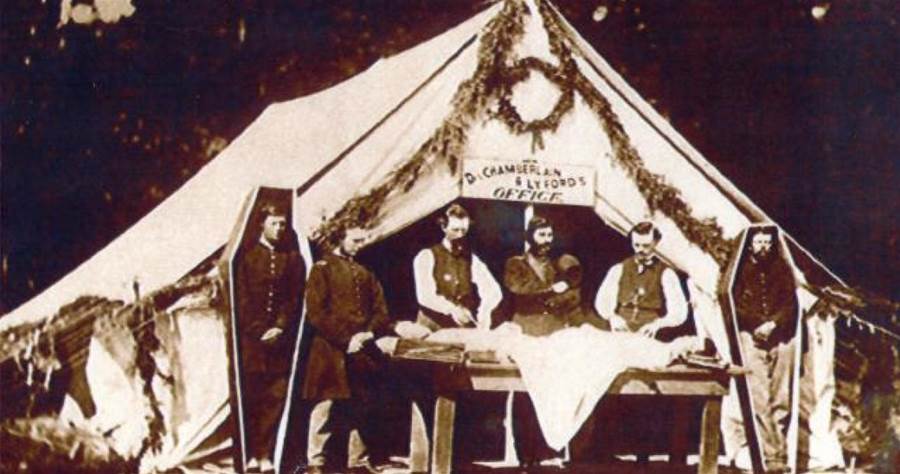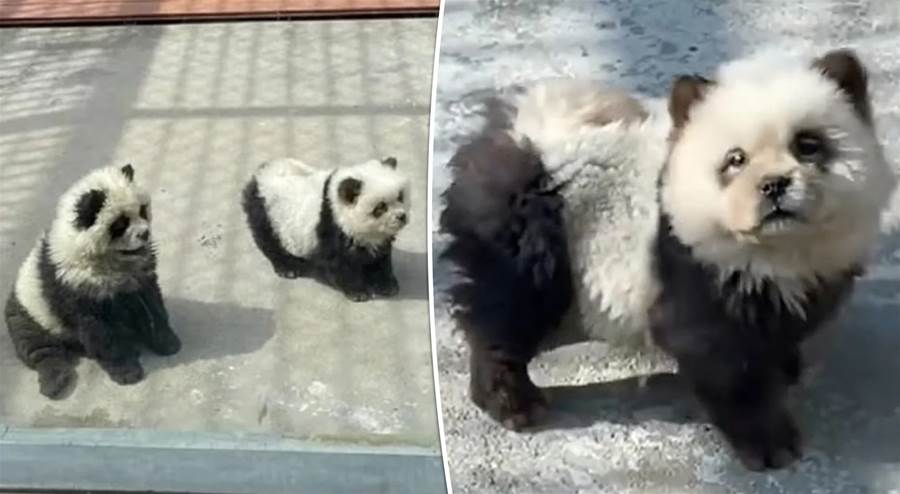
Introduction
The transition from coffins to caskets in burial practices is a fascinating topic that reflects changing attitudes towards death and funerary customs. While many people use the terms "coffin" and "casket" interchangeably, they are distinct in design and history. This article explores why the shift from coffins to caskets occurred, focusing on historical developments, cultural changes, and the impact of this transition on modern burial practices.

Understanding Coffins and Caskets
To grasp the reasons behind the transition from coffins to caskets, it’s essential to understand the differences between them:
Coffins: Traditionally, coffins are hexagonally or octagonally shaped, designed to mimic the natural shape of the human body. The tapered design follows the contours of the body, allowing it to fit snugly within the container.
Caskets: Caskets are rectangular in shape, offering a more uniform and spacious interior. They are often lined with fabric and may include a pillow and other interior furnishings, providing a more decorative and less somber appearance.
Historical Context
Early Coffins
Historically, coffins were prevalent in many cultures, primarily made from wood and crafted to closely fit the shape of the human body.
The article is not finished. Click on the next page to continue.
The article is not finished. Click on the next page to continue.
Next page


















